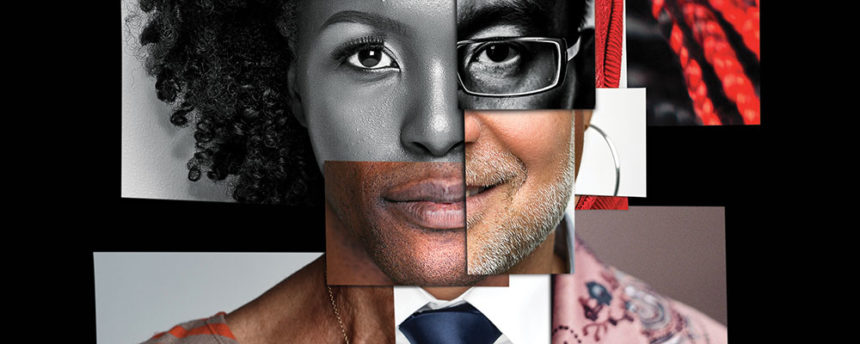There’s both good news and bad news about diversity and inclusion in our country and industry in 2019.
First the bad news: After all this time, we’re still talking, writing and thinking about diversity and inclusion (D&I). Despite the best efforts of so many people and organizations over the past few years, we still have a very long way to go to create organizations that truly embrace and put into practice the principles underlying D&I thinking. You’re not wrong to hope it would be second nature by now, something that’s a part of our collective DNA. But it’s not.
Now the good news: After all this time, we’re still talking, writing and thinking about diversity and inclusion. As painful and awkward and uncomfortable as it can be at times, we’re still stumbling our way toward a better understanding of how we can create a workplace — and a society — that represents, accepts and benefits from truly including all members and benefiting from the varying perspectives, points of view and skill sets of all its members. And one that offers an equal and fair shake to everyone.
Why? Besides being the right thing to do — giving people the opportunity to do great work and be rewarded for it — we’re waking up to the fact that D&I is good for business. A variety of points of view, experiences and intelligences brought to bear on a problem can only help those trying to solve it arrive at richer, more meaningful solutions.
It helps us understand new and emerging markets better. And it means your organization will look more like America and the world. That won’t happen with group-think. And it won’t happen if you hire only people in your own network, who in all probability have backgrounds very much like your own.
The healthcare industry does a decent job on D&I: 20% of the firms on the website Great Place to Work’s listing of companies that do D&I well are healthcare companies or those with health-related practices.
A survey published in May by the Pew Research Center found that almost three quarters of American adults think that it is either somewhat or very good that America has a diverse population, and almost all thought it was very or somewhat important for companies to promote a diverse workforce. But saying it’s a good thing and actively doing something to promote diversity are two very different things.
The truth is that very few houses are truly in order when it comes to D&I. It is a never-ending work in progress, and always will be as long as our society and industry continue to change and evolve.
If MM&M’s March Plus One event — an evening of roundtable discussions on D&I topics — in Philadelphia is any indication, it is something this industry truly wants to happen.
What made the event successful, one participant told us, was “that we had the discussion in a mixed format, and that people were willing to be raw and emotional.” (Much of the material in this section was adapted from Plus One.)
And you have to be willing to come to the table. We heard from a lot of people who didn’t attend the event that they passed because their houses weren’t in order when it came to D&I and that they wouldn’t feel comfortable talking until it was. That’s a problem. The truth is that very few houses are truly in order when it comes to D&I. It is a never-ending work in progress, and always will be as long as our society and industry continue to change and evolve.
Because we understand this is still newly forming tissue for many of us, we’ll continue to offer venues where you can discuss your nascent D&I efforts with colleagues. We hope you will take advantage of these opportunities. Meanwhile, we’ll continue to highlight those companies who do a good job creating diverse and inclusive environments, as we do on the pages that follow so that we all can learn from them.
Some are within healthcare, some are not. Because you don’t always arrive at the best solutions by talking to the same people.
From the June 01, 2019 Issue of MM+M - Medical Marketing and Media








